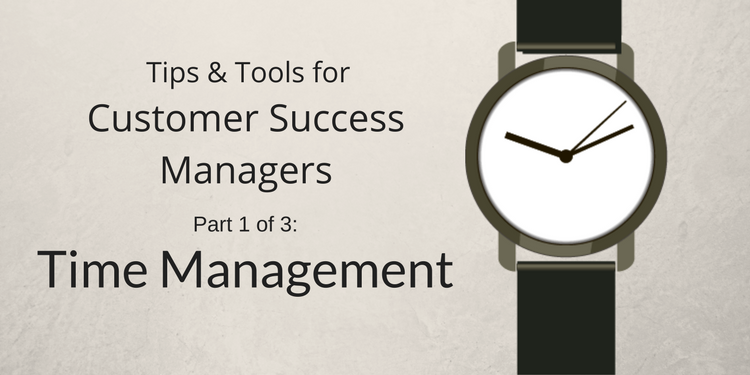To say that the retail landscape is changing would be a complete and utter understatement. It seems like you can’t turn on the news or scroll through your smartphone without spotting another bankruptcy, downsizing, or complete shutdown of a brand that previously seemed untouchable.
Where some may see these shifts as intimidating, I think that they also present brands with an opportunity to step back and reanalyze their organization, especially when it comes to customer experience.
Customer experience is a key differentiator for all industries, but especially for retail. Our recent Retail Trends report found that positive interactions with staff increased customer satisfaction by 33% across industries and by a whopping 73% in the fashion industry. Because satisfied customers become loyal customers, emphasizing your CX efforts can really make a difference in your bottom line.
Whether you are relatively new to customer experience, or if you’ve had a program for a while, it’s important to make sure that you are covering all your bases with your customer experience program. I’ve put together a list of three CX basics that you can consider (or revisit) in order to make sure your customer experience is keeping you ahead of the game.
Efficiency
We’ve all heard the phrase “time is money,” and it’s true (especially in the checkout line)! Everyone has been in a situation where they are in a hurry and need to pick up an item last minute, only to be greeted with one open register and a seemingly never ending line. That is a guaranteed recipe for a negative experience that may even result in a customer abandoning their items and heading out the door.
With this in mind, it is incredibly important to keep wait times to a minimal. The latest CX technology can deploy data science to calculate when you have historically had the highest traffic, so you can schedule more employees accordingly. This tech can also leverage unstructured comments to get more specific feedback on your checkout process.
Convenience
For superior customer experience, you also need to be aware of how easy it is for customers to interact with your brand at every touchpoint. Convenience goes beyond the location of a physical store and self checkout stations; today, user experience is under the convenience umbrella as well. From the moment a customer enters your site or opens your app, it should be simple and easy for them to find a product, place it in their cart, and checkout.
If you are curious as to the convenience of your user experience, the simplest way to find out more is just to ask! Many web retailers have deployed intercept surveys in the past, but you want to be careful about how you use these. Make sure intercept questions aren’t one-size-fits-all and are relevant to a customer’s specific journey.
Friendly, Knowledgeable Service
If you’re looking to make a positive impression on your customers, your people are still your best weapon. This can be surprising seeing as we live in a world where automation is becoming the norm and in person interactions are becoming more rare, but retail employees still make a difference to customers. When you’re looking for new shoes, getting a second opinion or informed suggestion from a knowledgeable employee can make your day.
With this in mind, it is more important than ever to invest in your employees. You can hold frequent customer-centric or new product trainings to keep those on the front line informed. This enables them to provide consistent experiences and answer customer questions with ease and authority.
With so much change going on in the retail industry, it’s important to go back to the basics of your customer experience and make sure that you are proving the sort of interactions that will set your brand apart in the best way.
For more information on the current retail landscape, check out InMoment’s “2017 Retail Trends Report!”











